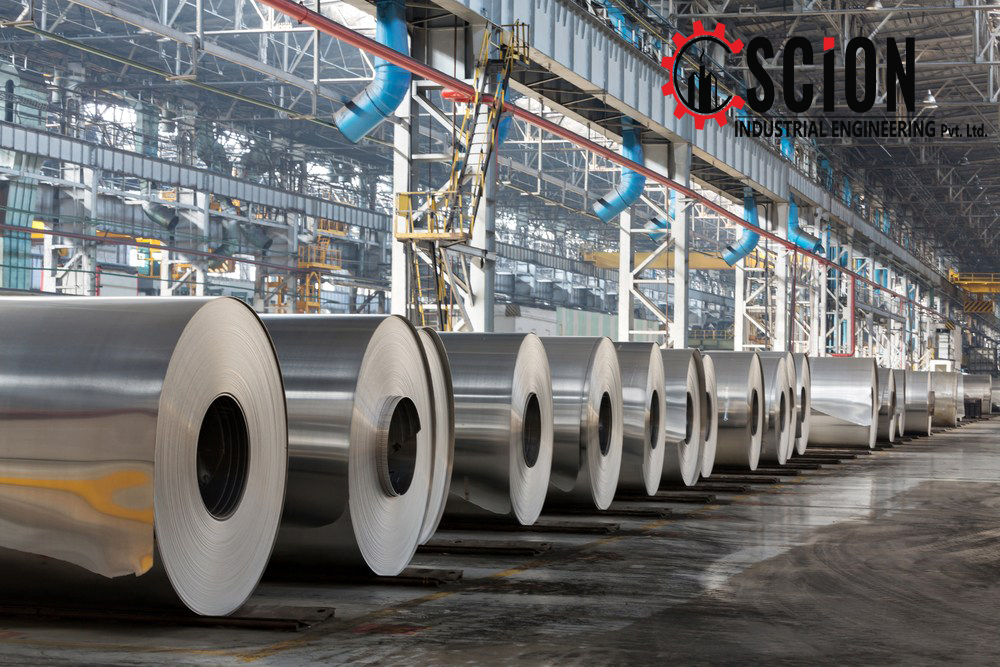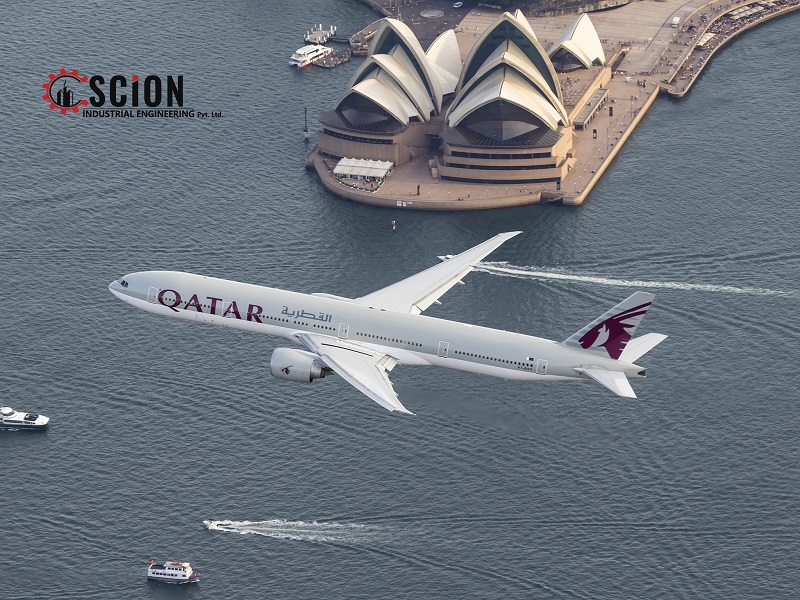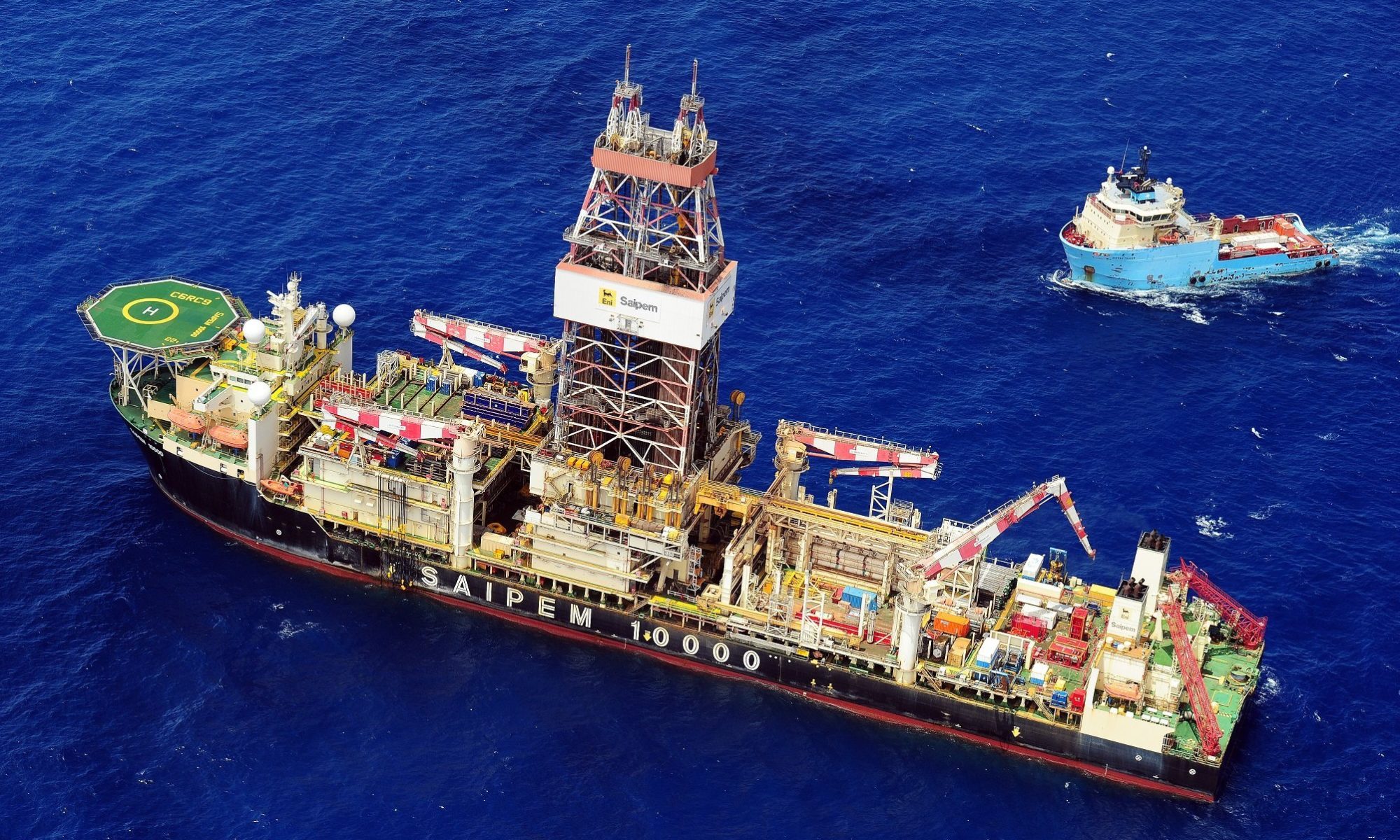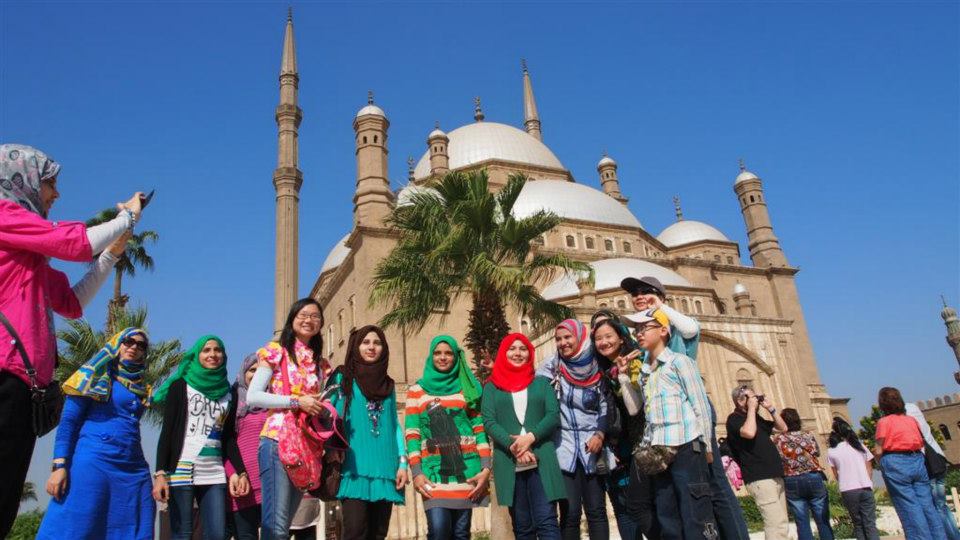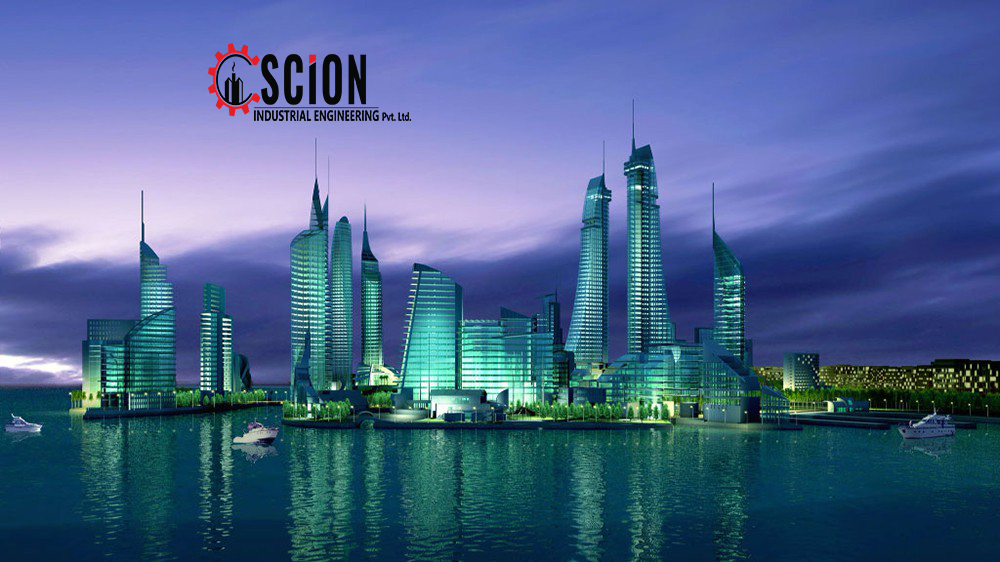New business and sales volumes in Egypt’s non-oil sector rose for the first time since August 2021 in June amid improvement in demand, according to the latest S&P Global Egypt PMI survey. Egypt’s manufacturing and services sectors saw new orders start to increase. However, declines in the construction, and wholesale and retail sectors painted a mixed picture of business growth across the non-oil sector.
As policy moves support the relaxation of price pressures and drive demand, Egypt’s economic conditions have started stabilizing in June. Output levels fell at the softest rate in nearly three years, while the volume of input purchases rose for the first time since December 2021. Input cost inflation remained soft despite accelerating to a three-month high, leading to another modest rise in selling charges.
The latest Egypt PMI survey reveals that the country’s non-oil sector PMI rose from 49.6 in May to 49.9 in June.
Domestic, international market conditions improve
Firms in Egypt’s non-oil sector witnessed an increase in sales due to improving conditions in both domestic and international markets. Moreover, they reported a sharp increase in export orders in June, the strongest in 2.5 years.
“With the headline PMI reaching 49.9 and total new order volumes rising for the first time in nearly three years, businesses appear to be heading on the road to recovery,” stated David Owen, senior economist at S&P Global Market Intelligence.
With an increase in new business, sales and exports, Egypt’s non-oil firms reported greater efforts to expand their capacity. Purchases of inputs increased in June for the first time since December 2021. Some companies also boosted their activity, however, declines elsewhere outweighed that growth. Nevertheless, the overall rate of contraction in output slowed for the 4th consecutive month and was the softest in nearly three years.
“If we see further rises in sales and purchases in the second half of this year, firms should have the motivation and need to expand their output,” added Owen.
Employment stable
Employment numbers across Egypt’s non-oil economy were relatively stable in June. Although some firms raised their workforces amid rising sales, many companies reported layoffs and the non-replacement of leavers. As confidence in future business activity declined to its lowest on record, firms remained uncertain about economic prospects following recent volatility in financial conditions.
Inflationary pressures subside
The June PMI survey data confirmed that inflationary pressures on Egypt’s businesses had been greatly suppressed in the second quarter of the year. Although rising material prices drove the fastest uptick in costs in three months, the rate of input price inflation was still much slower than at the start of the year during Egypt’s foreign currency crisis. Non-oil businesses across Egypt raised their output charges modestly, with the speed similarly the quickest for three months but slower than typically seen over the past couple of years.
“While June saw the fastest rise in input prices for three months, firms generally commented that this was due to a high degree of volatility in market prices rather than an accelerating inflation trend,” added Owen.
Source:https://economymiddleeast.com/news/egypts-non-oil-sector-sees-new-business-growth-for-first-time-in-three-years-says-pmi/

